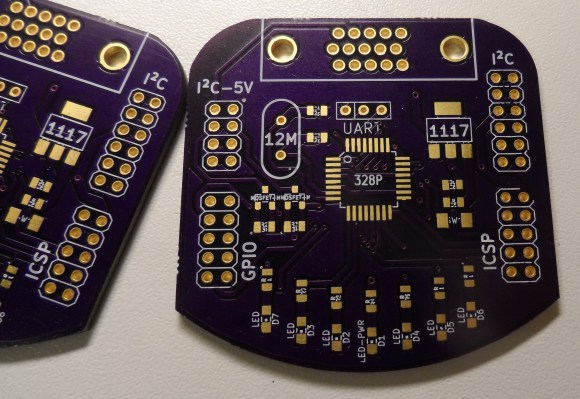How does someone follow an investment homerun such as Nest? For Shasta Ventures, the answer is to raise another fund and continue investing.
Today, the venture capital firm confirmed that it has raised its fourth fund, of $300 million, its largest to date.
This new fund will focus on first and early second rounds, the company told VentureBeat via email. The firm is focusing on connected device technology, software, and consumer businesses.
The firm has previously invested in companies such as Nest, Nextdoor, Spiceworks, Lithium, Zuora, Crittercism, Adometry, Flywheel, Mint, Dollar Shave Club, TaskRabbit, and Whisper, among others. With its previous fund, the firm invested in a total of 26 companies.
Shasta Ventures’s investing team includes cofounders and managing directors Tod Francis, Rob Coneybeer, and Ravi Mohan, managing director Jason Pressman, and partner Sean Flynn.
Shasta Ventures was founded in 2004 and is based in San Francisco and Menlo Park, Calif.

Shasta Ventures is a venture capital firm specializing in early stage companies. It seeks to invest in technology based and technology enabled companies with a focus on consumer services, business services, software, technology applica... read more »
The creator of the world's first learning thermostat, Nest Labs is focused on reducing home-energy consumption. The Nest Learning Thermostat learns about you and your home to automatically turn itself down when you're away, guide you... read more »
Adometry, Inc. provides scoring, auditing, verification, and attribution metrics to optimize results for online advertisers, agencies, publishers, and ad networks. Tracking billions of impressions in real-time, reporting on where they ... read more »
Crittercism, based in San Francisco, California, is the world's first mobile application performance management (APM) solution. The company's products monitor every aspect of mobile app performance, allowing Developers and IT Opera... read more »
Rob Coneybeer Managing Director, Shasta Ventures Rob Coneybeer brings deep experience in building semiconductor and networking companies to Shasta Ventures. Prior to co-founding Shasta, Rob was a General Partner at New Enterprise Ass... read more »
Tod Francis Shasta Ventures Tod Francis has more than 20 years of experience working with marketing and consumer driven companies. Since 2004, Tod has been a managing director of Shasta Ventures where his investment focus is technolo... read more »
Ravi Mohan has focused his entire career on the software business, with five years in operating roles and eight years investing in companies at Battery Ventures. During his operating career, Ravi built transaction-processing systems at... read more »
Jason Pressman Partner Get Flock Jason Pressman focuses on investment opportunities in the technology-enabled services and software sectors for Shasta Ventures. Prior to joining Shasta Ventures, he was the fourth employee at Walmart... read more »
Sean Flynn, Partner at Shasta Ventures, invests across the consumer internet and enterprise software sectors, with a particular interest in mobile-focused technologies. He serves on the board of online video software platform ZEFR, pay... read more »














